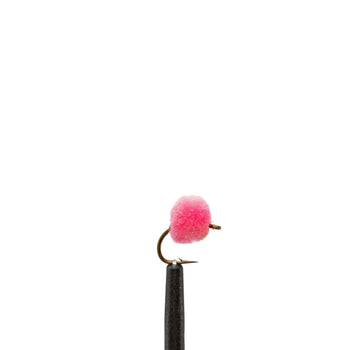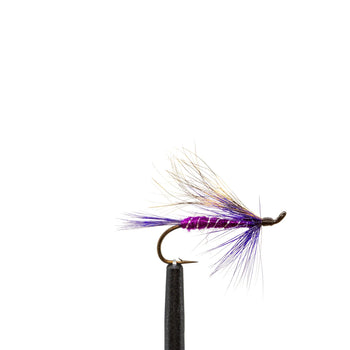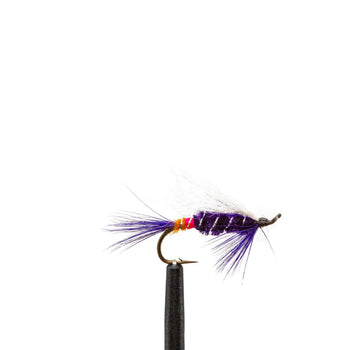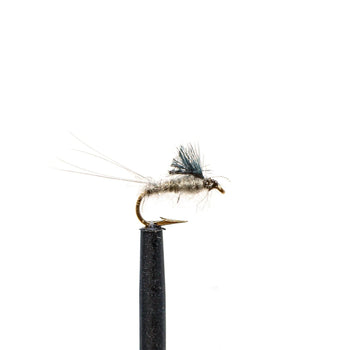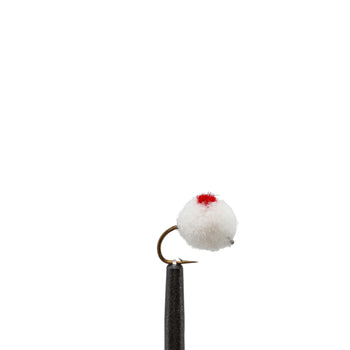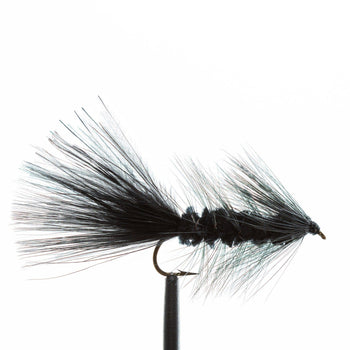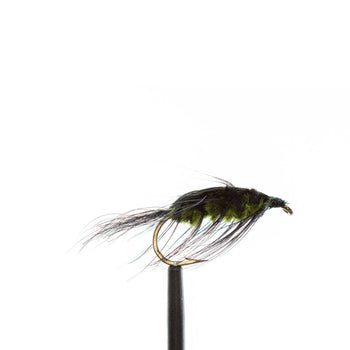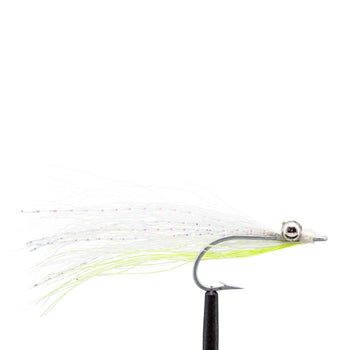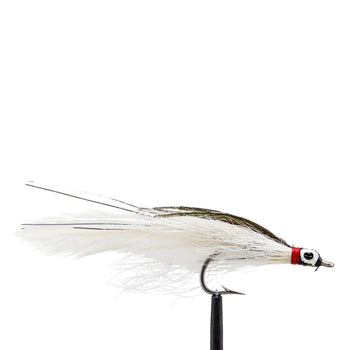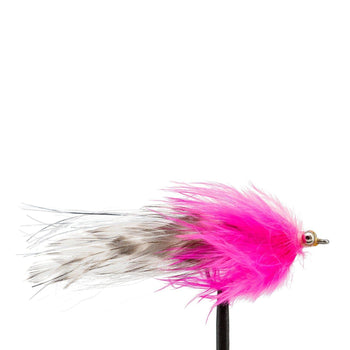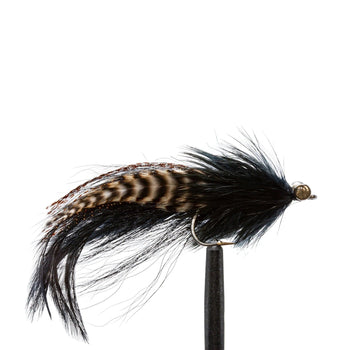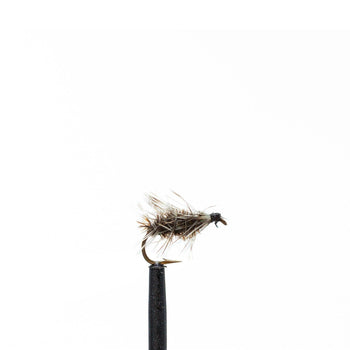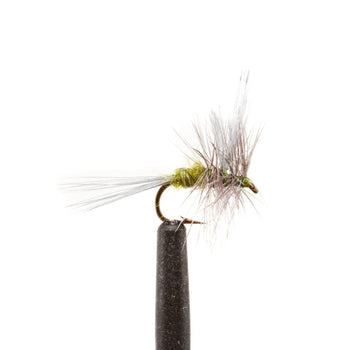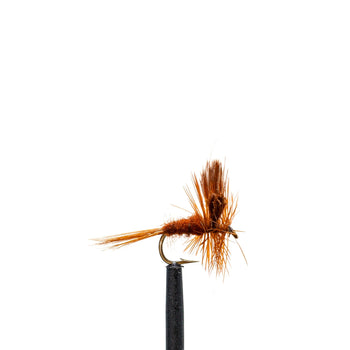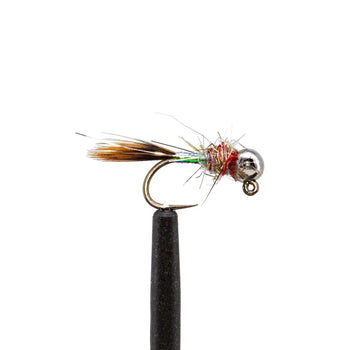Embracing the Chill: A Mid-Winter Fly Guide for Adventurous Anglers

As the heart of winter settles in across North America, many anglers hang up their rods, content to wait for the warmer days of spring. But for those willing to brave the cold, mid-winter fly fishing offers a unique and rewarding experience. The rivers may be icy, the air crisp, and the days short, but the fish are still there, and with the right approach, you can have some of the most memorable days on the water all year.
In this guide, we’ll explore the best strategies, flies, and locations for mid-winter fly fishing across North America. Whether you’re chasing steelhead in the Pacific Northwest, trout in the Rocky Mountains, or striped bass in the Mid-Atlantic, this guide will help you make the most of your winter fly fishing adventures.
Why Fish in Winter?
Mid-winter fly fishing is not for the faint of heart. The weather can be harsh, and the conditions challenging. But for those who embrace it, winter fishing offers several unique advantages:
-
Fewer Anglers: With most people staying indoors, you’ll often have the river to yourself.
-
Aggressive Fish: Cold-water species like trout and steelhead are still feeding, albeit more selectively.
-
Stunning Scenery: Snow-covered banks and icy streams create a serene and beautiful backdrop.
-
Skill Development: Winter fishing forces you to refine your techniques, making you a better angler overall.
Key Considerations for Mid-Winter Fly Fishing
1. Dress for Success
The key to enjoying winter fly fishing is staying warm and dry. Layering is essential:
-
Base Layer: Moisture-wicking materials like merino wool or synthetic fabrics.
-
Insulating Layer: Fleece or down to retain body heat.
-
Outer Layer: Waterproof and windproof jacket and waders.
-
Accessories: Warm gloves, a beanie, and neoprene wading socks are a must.
2. Timing is Everything
Fish are less active in cold water, so focus on the warmest parts of the day. Midday, when the sun is highest, can be the most productive time to fish. Pay attention to water temperature—trout, for example, are most active when water temps are above 40°F.
3. Slow Down Your Approach
Fish metabolism slows in cold water, so they’re less likely to chase fast-moving flies. Use slow, deliberate retrieves and focus on presenting your fly precisely.
4. Watch the Weather
Winter weather can change rapidly. Keep an eye on forecasts and be prepared for snow, rain, or sudden drops in temperature. Safety should always come first.

Top Mid-Winter Fly Fishing Destinations in North America
1. Pacific Northwest: Steelhead on the Fly
The Pacific Northwest is legendary for its winter steelhead runs. Rivers like the Deschutes in Oregon, the Skagit in Washington, and the Bulkley in British Columbia are prime destinations. Winter steelhead are notoriously selective, so having the right patterns is key.
Recommended Patterns:
-
Glow Bug (Orange or Pink) – Size 8-10: Egg patterns are a winter staple, especially in rivers with spawning salmon. The Glow Bug’s bright color and buoyancy make it irresistible to steelhead.
-
Purple Peril – Size 4-6: A timeless steelhead fly, the Purple Peril’s simple yet effective design combines purple hackle and a silver body to mimic small baitfish or leeches.
-
Freight Train (Black/Blue or Purple) – Size 2-4: This versatile intruder-style fly combines marabou, flash, and a bulky profile to mimic baitfish or leeches. Its movement in the water is irresistible to aggressive steelhead.
-
Egg-Sucking Leech (Black/Purple or Black/Red) – Size 4-6: A hybrid pattern that combines an egg pattern with a leech body, making it irresistible to steelhead. Swing it through deep runs or strip it slowly in pools.
Technique: Swing flies through deep pools and runs with a sinking tip line. Focus on slower, deeper water where steelhead hold during winter.
2. Rocky Mountains: Tailwater Trout
Tailwaters below dams, such as the Green River in Utah, the Bighorn in Montana, and the South Platte in Colorado, offer consistent water temperatures and active trout year-round. Midges and small nymphs dominate the winter menu.
Recommended Patterns:
-
Zebra Midge (Black or Red) – Size 18-22: A go-to pattern for winter trout, the Zebra Midge’s slim profile and flashy ribbing imitate midge larvae perfectly. Fish it deep under an indicator.
-
RS2 – Size 18-20: This versatile fly mimics both midge pupae and small mayflies. Its trailing shuck and slender body make it a must-have for technical tailwaters.
-
Tungsten Bead Nymphs (Blowtorch, Perdigon, or Duracell) – Size 16-18: These heavily weighted nymphs sink quickly and stay in the strike zone.
-
WD40 (Red or Black) – Size 20-22: A simple yet effective midge pattern, the WD40’s slim profile and subtle flash make it a killer in slow, clear winter waters.
Technique: Use a strike indicator and focus on deep, slow-moving pools. Dead-drift your flies close to the bottom, where trout are holding.
3. Great Lakes Region: Tributary Steelhead and Brown Trout
Tributaries of the Great Lakes, like the Salmon River in New York and the Manistee in Michigan, see runs of steelhead and brown trout throughout the winter. Egg patterns, stoneflies, and streamers are particularly effective.
Recommended Patterns:
-
Sucker Spawn - White / Red Dot – Size 8-10: A classic egg pattern, the Sucker Spawn mimics the eggs of spawning suckers, a key food source for winter steelhead and trout. Its bright color and clustered beads make it highly visible in cold, murky water.
-
Beadhead Flashback Stone (Black) – Size 6-8: A realistic stonefly nymph pattern, the Beadhead Flashback Stone features a beadhead for quick sinking and a flashback for added visibility. Its lifelike profile and movement make it ideal for bouncing along the bottom in faster currents.
-
Wooly Bugger (Olive or Black) – Size 6-8: A versatile streamer that imitates baitfish, leeches, and other large prey. Fish it with a slow, pulsing retrieve to entice aggressive strikes from steelhead and brown trout.
-
Spring Wiggler (Olive or Black) – Size 6-8: This unique pattern imitates damsel and dragonfly nymphs, making it a standout choice for steelhead and trout in the Great Lakes region. Its lifelike profile and subtle movement can trigger strikes even in cold water.
Technique: Dead-drift nymphs or swing streamers through runs and riffles. Focus on areas where fish can hold out of the current, such as behind rocks or in deeper slots.
4. Mid-Atlantic: Striped Bass in the Tidal Rivers
In the Mid-Atlantic, tidal rivers like the Susquehanna and Potomac hold striped bass during the winter months. Stripers are opportunistic feeders, so large, flashy flies are key.
Recommended Patterns:
-
Clouser Minnow (Chartreuse/White or Blue/White) – Size 2-4: A classic baitfish imitation, the Clouser Minnow’s weighted eyes help it dive quickly, making it perfect for targeting stripers in deeper holes.
-
Deceiver (White/Chartreuse or All White) – Size 2/0-4: This versatile streamer mimics a variety of baitfish. Its flowing materials and large profile make it ideal for slow retrieves in cold water.
-
Thing (Pink or Chartreuse) – Size 2/0-4: These brightly colored, bulky flies are designed to grab the attention of striped bass. Their unique profile and vibrant colors make them irresistible in murky or low-light conditions.
-
Ocean Liner (White or Black) – Size 2/0-4: A large, articulated streamer, the Ocean Liner’s lifelike movement and flash make it a top choice for targeting larger striped bass. Its flowing materials and weighted head allow it to sink quickly and mimic baitfish effectively.
Technique: Look for deeper holes and use a slow, stripping retrieve. Focus on areas with structure, such as drop-offs and submerged logs.
5. Southern Appalachians: Wild Trout in Tailwaters
Tailwaters in the Southern Appalachians, such as the Davidson River in North Carolina and the South Holston in Tennessee, provide excellent winter trout fishing. Midges and small nymphs are the go-to patterns.
Recommended Patterns:
-
Griffith’s Gnat – Size 18-22: A classic midge dry fly that imitates clusters of midges on the surface. It’s perfect for winter hatches on warmer days.
-
Blue-Winged Olive (BWO) – Size 18-20: A staple mayfly pattern for winter, the BWO imitates the small mayflies that hatch sporadically during winter months.
-
March Brown East – Size 14-16: A versatile nymph pattern, the March Brown East imitates a variety of mayfly nymphs. Its natural coloration and realistic profile make it a great choice for tailwater trout in the Southern Appalachians.
-
Rainbow Warrior – Size 18-20: A flashy midge pattern that combines peacock herl and a hot spot for added visibility. It’s a killer in slow, clear winter waters.
Technique: Focus on slow, technical presentations with light tippet. Use a strike indicator to dead-drift nymphs through deep pools and runs.

Best Flies for Mid-Winter Fly Fishing
-
Midges: These tiny insects are a staple of winter trout diets. Patterns like the Zebra Midge (Size 18-22) and Griffith’s Gnat (Size 18-22) are must-haves for tailwaters and slow-moving rivers.
-
Egg Patterns: In rivers with spawning salmon or steelhead, egg patterns like the Glow Bug (Size 8-10) and Sucker Spawn (Size 8-10) can be incredibly effective.
-
Nymphs: Heavily weighted nymphs like Tungsten Bead Nymphs (Blowtorch, Perdigon, or Duracell – Size 16-18) and Beadhead Flashback Stones (Size 6-8) are ideal for targeting trout in deep, slow-moving pools.
-
Streamers: Sculpin and minnow patterns, fished slowly, can trigger aggressive strikes from larger fish. Try the Wooly Bugger (Size 6-8) or Clouser Minnow (Size 2-4) for winter bass and trout.
-
Blue-Winged Olives (BWOs): On warmer days, these mayflies can hatch, bringing fish to the surface. Carry BWO dry flies (Size 18-20) and nymphs (Size 18-20) for these sporadic hatches.
Tips for Success
-
Stay Mobile: Fish are often concentrated in specific areas during winter. Cover water until you find them.
-
Fish Deep: In cold water, fish tend to hold in deeper, slower-moving pools.
-
Be Patient: Winter fishing can be slow, but the rewards are worth it.
-
Practice Catch and Release: Cold-water fish are more vulnerable, so handle them carefully and release them quickly.
Final Thoughts
Mid-winter fly fishing is a test of skill, patience, and resilience. But for those willing to brave the elements, it offers a chance to connect with nature in its most pristine state. Whether you’re chasing steelhead in the Pacific Northwest or trout in a Rocky Mountain tailwater, the quiet beauty of a winter river is something every angler should experience.
So bundle up, tie on your favorite winter fly, and hit the water. The fish are waiting, and the memories you’ll make will last a lifetime.
SHOP OUR WINTER FLY COLLECTION
RELATED ARTICLES:
- Winter Fly Fishing Etiquette: Essential Tips for Sharing the Water Responsibly
- Cold Water Conquests: Navigating the Challenges of Winter Fly Fishing
- Steelhead Flies – A Comprehensive Guide to Catching the Chromers
- Master Cold Water Fly Fishing: Top 5 Rigs for Winter Success
- Mastering Winter Casting & Presentation Techniques


